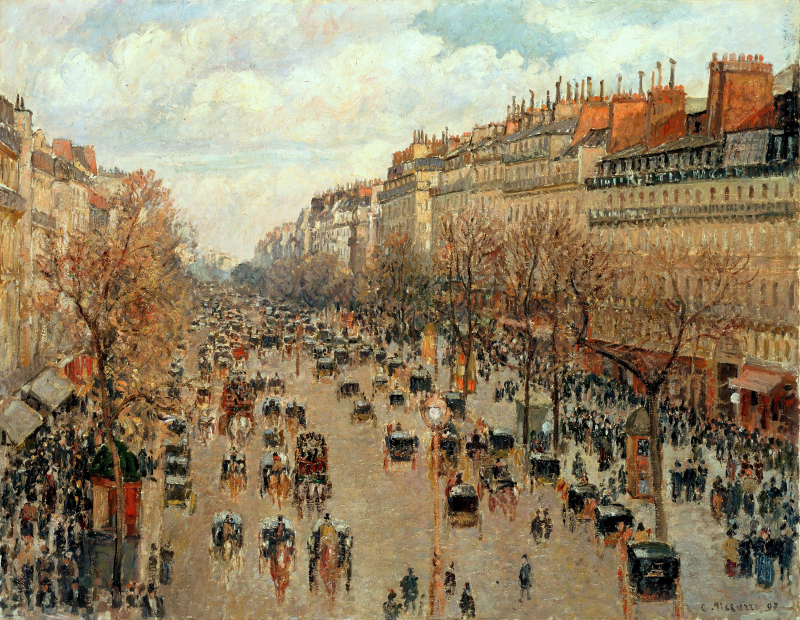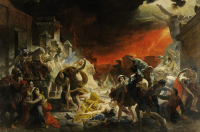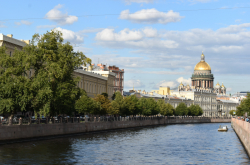Boulevard Montmartre in Paris by Camille Pissarro, 1897
In 1897, Camille Pissarro, a Danish-French painter, rented a room on Boulevard Montmartre, one of the grandest thoroughfares in Paris, to create one of his most notable series of urban landscapes. In just two months, the artist produced 13 paintings, which featured the street in all of its moods and states, whether it was in spring or on a winter morning. This particular painting, on view at the museum, shows the vibrant life of the boulevard on a gloomy day. Other pieces of the series may be seen at the Metropolitan Museum of Art (The Boulevard Montmartre on a Winter Morning) in New York, the National Gallery (The Boulevard Montmartre at Night) in London, and others.
Where: room 405
Woman Holding a Fruit by Paul Gauguin, 1893
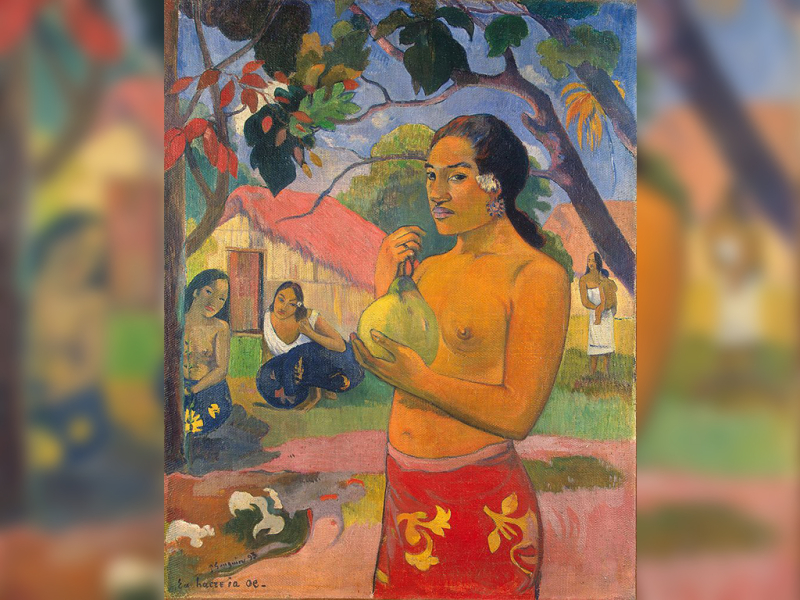
Woman Holding a Fruit (1893). The General Staff Building, St. Petersburg. Credit: The Yorck Project and others / CC-PD-Mark / Wikimedia Commons
French painter, sculptor, and author of one of the most expensive paintings, Paul Gauguin exiled himself to Tahiti for two years in pursuit of inner harmony. There, he created several vivid paintings inspired by the island, including Woman Holding a Fruit. Originally titled as Eu haere ia oe (translating as Where Are You Going?), the picture, while depicting a young woman of the South Seas, reflects the author’s impressions of supposedly paradise-like (hence, an allusion to Eve and the Garden of Eden) life in Tahiti.
Where: room 411
Absinthe Drinker by Pablo Picasso, 1901
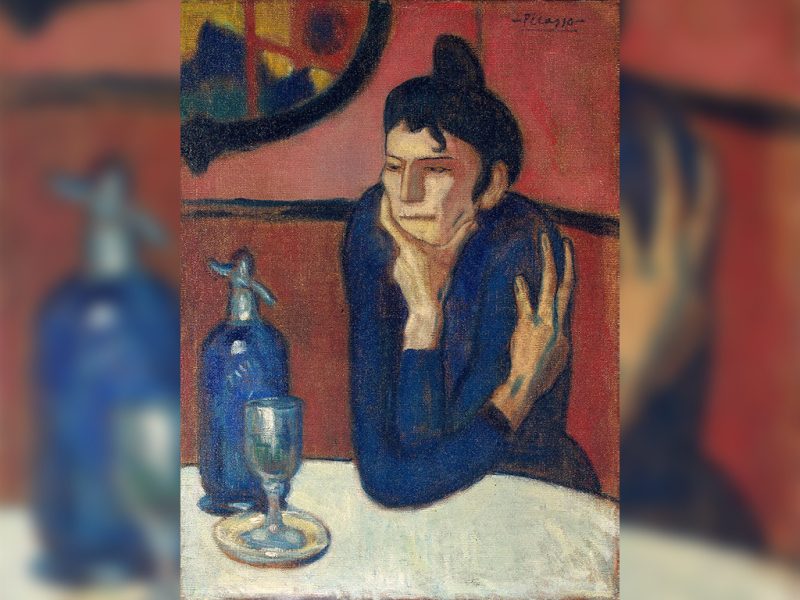
Absinthe Drinker (1901). The General Staff Building, St. Petersburg. Credit: Lluís Ribes Mateu / CC BY-NC 2.0 / flickr.com
Early in his blue period, Pablo Picasso, one of the most influential painters of the 20th century in history, created Absinthe Drinker. Still primarily in warm colors, the picture shows a scene of ordinary life outwardly and inwardly – a tragedy of life that the painter masterfully conveyed with his brush. The Spanish artist’s choice of the drink for the painting – absinthe, also known as “the green fairy” – adds up to the overall feeling of struggle, loneliness, and sorrow it radiates.
Where: room 431
Dance by Henri Matisse, 1909-1910
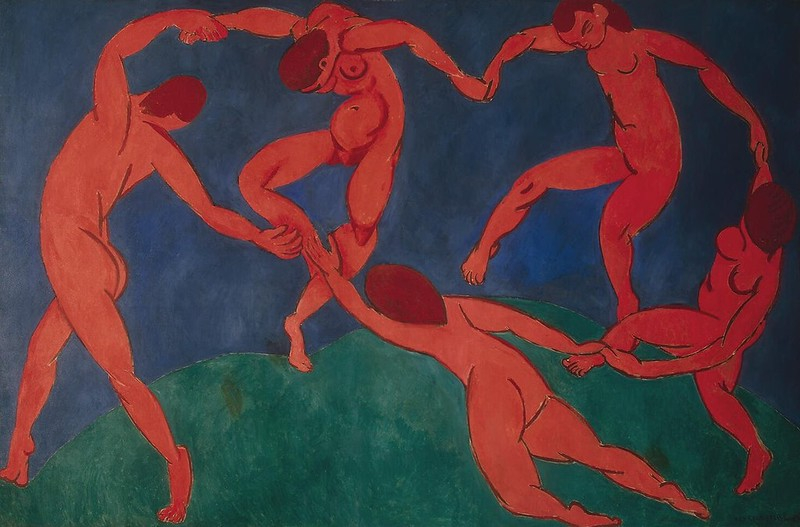
Dance (1909-1910). The General Staff Building, St. Petersburg. Credit: Lluís Ribes Mateu / CC BY-NC 2.0 / flickr.com
Dance is one of three panels (only two of which were finished) commissioned by the Russian art collector Sergei Shchukin for his mansion; its sister piece, Music, is displayed in the same room. In contrast to Picasso's work, Dance emanates life and joy. Fascinated by the motif of dance and folk dances in particular, the French artist painted several works on the subject prior to this one, his most-known. Though the plot of the picture and its color palette may seem simple, if not primitive, the painting is considered one of the author’s most groundbreaking, as well as largest, works. Its early sketch is currently on display at the Museum of Modern Art in New York.
Where: room 440
Composition VI by Wassily Kandinsky, 1913
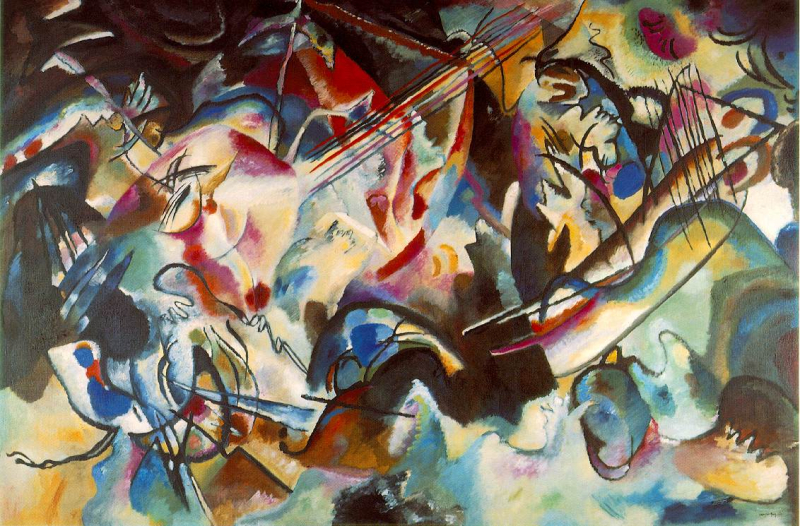
Composition VI (1913). The General Staff Building, St. Petersburg. Credit: State Hermitage Museum / CC-PD-Mark / Wikimedia Commons
Wassily Kandinsky, a pioneer of Russian abstract art, is much-loved for his series of abstract paintings known as Compositions. One of these paintings, Composition VI, which you can see at the museum, conveys an inner sense of catastrophe, a flood, to be precise, in an abstract form through expressive lines and colors.
Where: room 443
To learn about must-see paintings on display at other museums, check out our articles about the Hermitage Museum and Russian Museum.
